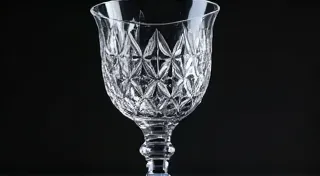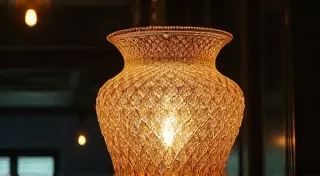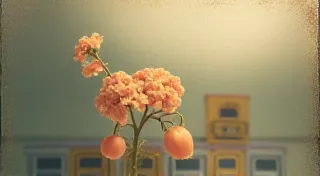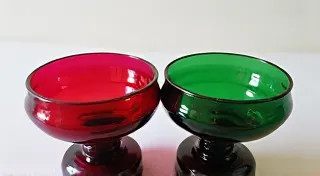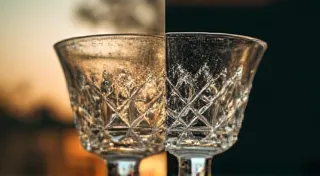Chromatic Echoes: The Silent Language of Pressed Glass
There's a particular hush that falls when you hold a piece of antique pressed glass. It's not merely the silence of an old object, but a profound stillness, a feeling of being connected to countless hands that shaped, polished, and treasured it before you. Each goblet, each plate, each ornate compote holds within it a story – not just of where it was made, but of the lives it touched and the world it reflected. We often focus on pattern names, catalog numbers, and the rare factory marks, but the true depth of antique pressed glass lies in something far more subtle: the chromatic echoes, the silent language whispered through color variations, manufacturing flaws, and the artistry of the glassblower.
My own journey into collecting began with a dusty, amber-colored butter dish I found at a local estate sale. It wasn't particularly rare, nor spectacularly beautiful. Yet, the way the light fractured through the glass, the subtle ripple of its pressed floral design – it captivated me. That simple piece sparked a decades-long quest, not just to identify patterns, but to understand the story hidden within each imperfection. It wasn't about accumulating; it was about appreciating.
The Palette of a Bygone Era
The colors of antique pressed glass offer an immediate window into its provenance. Early pressed glass, particularly from the 1820s and 1830s, primarily featured clear, white, and pale blue glass. These colors were dictated by the available raw materials and the chemical processes used in glassmaking. As the 19th century progressed, the palette expanded dramatically. Cobalt oxide introduced vibrant blues and indigos; copper created emerald greens; gold produced brilliant ambers and ruby reds; and manganese resulted in delicate purples.
Consider the prevalence of "burgundy" glass in the mid-19th century. It wasn’t a deep, uniform red, but a complex mix of shades, sometimes appearing almost brown, other times flashing with an unexpected brilliance. This variation wasn't an oversight. It was a reflection of the unpredictable nature of the coloring process and often a sign of a particularly desirable piece, showcasing the glassblower's skill in achieving a beautiful, albeit inconsistent, result.
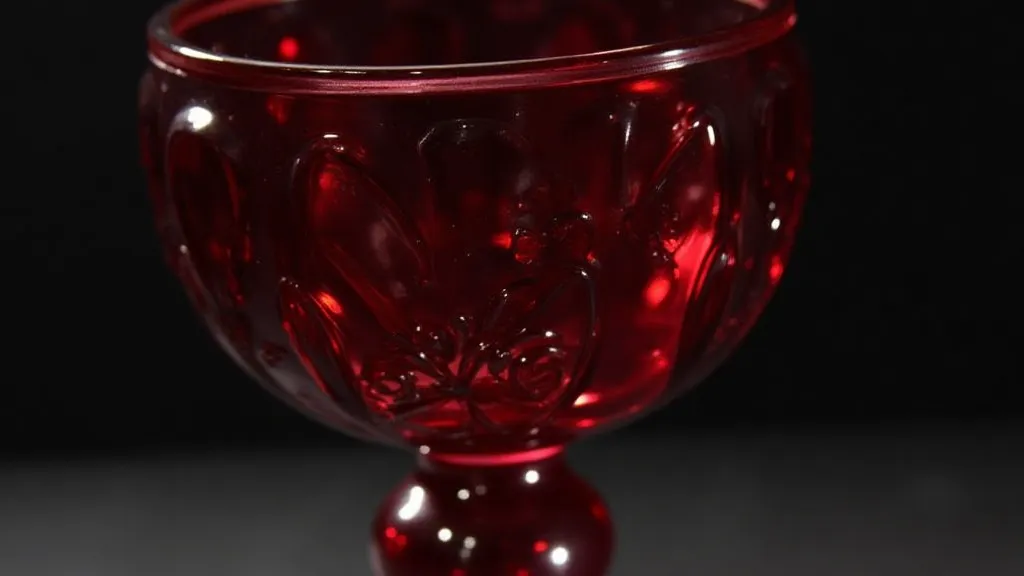
The Dance of Imperfection: Manufacturing Flaws as Clues
Modern manufacturing strives for flawless uniformity. Antique pressed glass? Quite the opposite. These imperfections aren’t defects to be discarded; they are unique fingerprints, offering invaluable clues about the piece's creation. Air bubbles trapped within the glass, faint striations, and slight variations in thickness – each one tells a story about the intense heat, the relentless pressure of the molds, and the skill (and sometimes the limitations) of the glassblower. Understanding these subtleties is crucial for truly appreciating the craft. Sometimes, what appears to be a flaw can significantly increase the charm and value of a piece, representing a unique mark of the glassblower's artistry. For those interested in the complexities of identifying and verifying such pieces, exploring resources like How to Research and Authenticate Antique Glassware can be incredibly helpful.
“Crazing,” those fine, web-like cracks on the surface, are common in older glass. While sometimes indicative of damage, they can also be an inherent characteristic of the glass composition, a subtle testament to the chemical reactions that occurred during its creation. Understanding the difference between age-related wear and genuine structural weakness is crucial for both collectors and those considering restoration (which should be approached with extreme caution, often best left to professionals). Often, collectors are drawn to pieces that showcase the unique aging process, recognizing it as a visual record of time and handling.
I recall purchasing a beautiful cranberry-colored plate, initially disappointed by a noticeable swirl within the glass. It took further research and consultation with a seasoned collector to realize that this "fire swirl" wasn’t a flaw; it was a mark of a particularly high-heat process used to achieve that vibrant color. It significantly enhanced the piece’s value and unique charm. The nuances of antique glass patterns are fascinating; the subtle variations in design often reflect factory innovations or regional preferences. For those wanting a deeper dive into these distinctions, exploring resources on glassware pattern variations can be incredibly rewarding.
Beyond the Pattern Name: Identifying Style and Evolution
While pattern names like "Cloverleaf," "Panel Cut," and "Ribboned" provide a framework for identification, true connoisseurship lies in recognizing stylistic nuances and appreciating how patterns evolved over time. Factories often introduced variations on existing patterns, incorporating new elements or refining the design. Recognizing these subtle changes requires meticulous observation and a deep understanding of the historical context. It's a journey of discovery, tracing the development of a single motif through decades of production.
Consider the evolution of floral patterns. Early floral designs were often quite primitive, mimicking natural forms in a somewhat stylized manner. As glassblowing techniques improved, floral patterns became increasingly intricate and realistic, incorporating delicate shading and subtle detailing. Even the mold itself can tell a story - examining the sharpness of the pressed details, the depth of the relief, and the overall symmetry of the design can provide clues about the quality and origin of the piece. Many collectors find great satisfaction in understanding how these trends played out, and how elegant glassware patterns were adapted and reinterpreted over time.
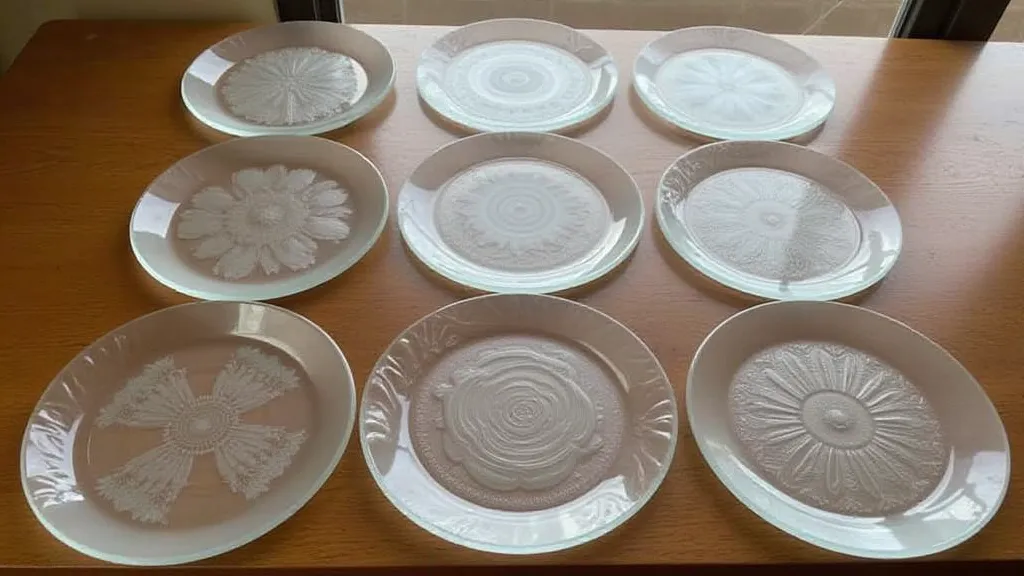
The Human Element: Recognizing the Glassblower's Touch
Ultimately, the appreciation of antique pressed glass is about recognizing the human element behind its creation. Each piece was made by hand, using tools and techniques that required immense skill and experience. The subtle variations in color, the occasional manufacturing flaw, the unique artistry of the glassblower – these aren't blemishes; they are marks of authenticity, testament to the dedication and creativity of a bygone era. The story behind each piece is a testament to the evolution of craftsmanship and the pursuit of beauty.
Imagine the bustling atmosphere of a 19th-century glass factory – the intense heat, the rhythmic clang of the presses, the focused concentration of the glassblowers. Each piece of pressed glass is a tangible link to that world, a silent witness to the lives and labors of those who created it. It is a privilege to hold that history in our hands, to decipher the chromatic echoes of a silent language, and to connect with a legacy of artistry and innovation. Many collectors find a similar sense of connection with the Victorian era, remembering its cultural obsessions and artistic flourishes, an era which shaped what we now consider a treasured relic of the past.
Collecting with Intention: More Than Just Acquisition
Collecting antique pressed glass shouldn’t be a race to accumulate the rarest or most valuable pieces. It’s about developing a deeper appreciation for the artistry, the history, and the human story embedded within each piece. Handle them with care, research their provenance, and share your knowledge with others. By collecting with intention, we not only preserve a beautiful legacy but also enrich our own lives with the quiet joy of discovery. Exploring different pieces can also reveal a compelling sense of history and cultural symbolism, often intertwined with broader historical events and social movements.
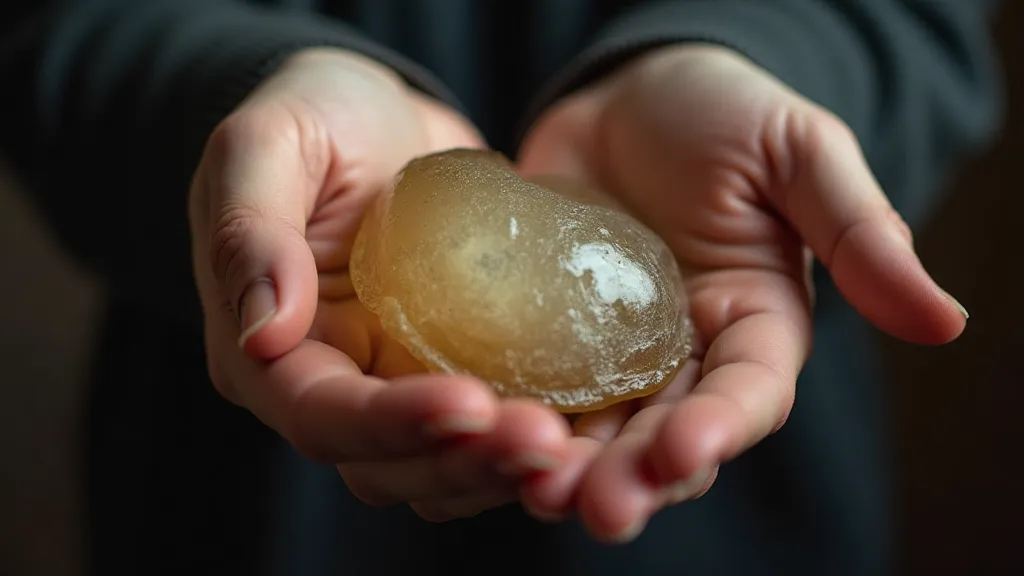
The true value of antique pressed glass lies not in its monetary worth, but in its ability to connect us to the past, to inspire our appreciation for craftsmanship, and to remind us of the enduring power of beauty. It is a journey of appreciation and learning, where each piece unveils another chapter in the larger tapestry of history.
Further enriching the experience, those drawn to the historical context of pressed glass may find themselves captivated by the artistic trends and cultural memories that resonated through society during its production. Those interested in exploring how objects of art preserve cultural memories may find a compelling connection between pressed glass and The Phantom Bloom: Victorian Glassware and the Cult of Memory.

